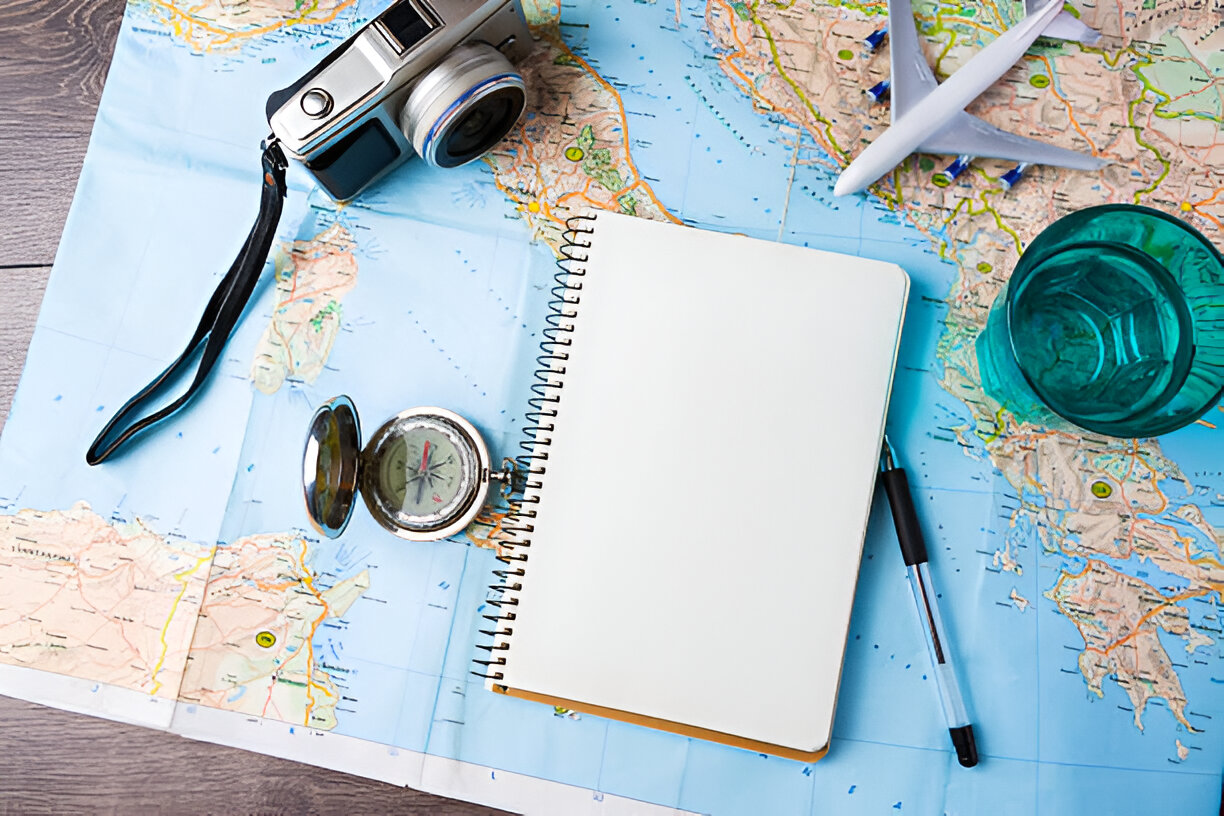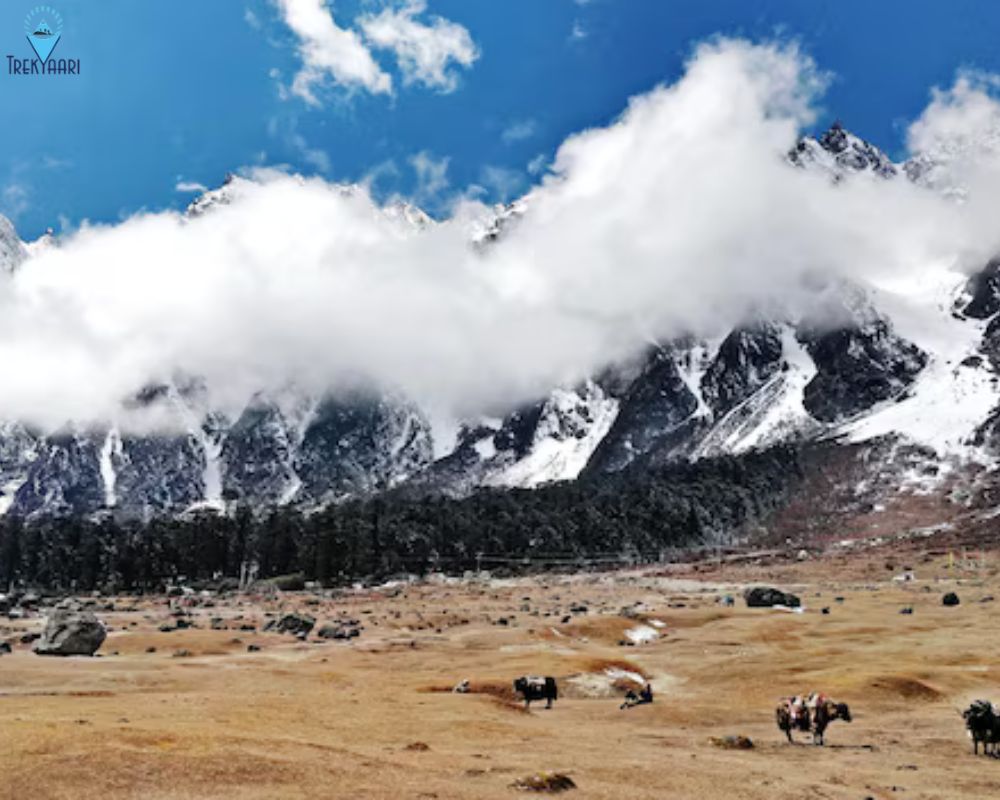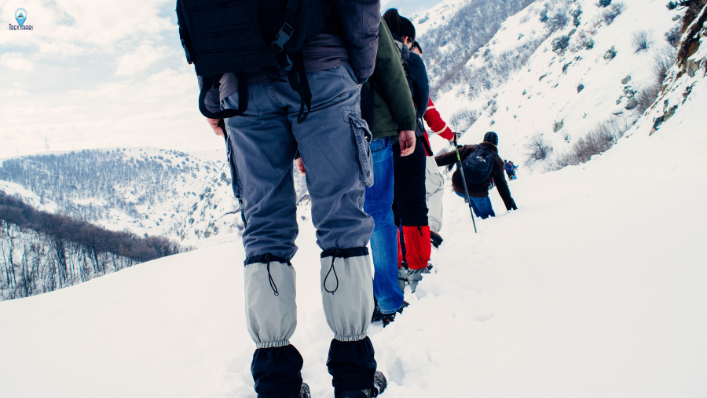The Rupin Pass Trek is a remarkable journey through the heart of the Himalayas, offering trekkers a challenging yet deeply rewarding experience. Known for its high-altitude terrain, scenic diversity, and cascading waterfalls, this trek offers an unparalleled adventure. But when is the best time to go? To make the most of the Rupin Pass Trek route and fully experience its breathtaking landscapes, it’s essential to choose the right season.
In this guide, we’ll explore the best times to tackle this trek, key highlights along the Rupin Pass Trek route, and how to select the ideal Rupin Pass Trek package to suit your needs.
Overview of the Rupin Pass Trek
Located on the border of Uttarakhand and Himachal Pradesh, the Rupin Pass Trek rises to an altitude of around 15,250 feet. The trek takes you through various terrains, from lush meadows and dense forests to rocky landscapes and snowy slopes. The journey often starts in Dhaula, Uttarakhand, and concludes in Sangla, Himachal Pradesh, offering trekkers a mix of stunning vistas and challenging paths.
Key Highlights of the Rupin Pass Trek:
- Scenic Diversity: Every day of the trek offers new landscapes — from rhododendron-laden forests to vast meadows and high-altitude snowy paths.
- Waterfalls: The Rupin River and cascading waterfalls, including the iconic Upper Waterfall, are highlights along the trail.
- Local Villages: The route passes through remote Himalayan villages, providing a glimpse into the lives and cultures of local communities.
The Rupin Pass Trek can be completed in two primary trekking seasons: summer (May to June) and post-monsoon (September to October). Each season offers unique advantages, so let’s dive into the details.
Best Seasons to Embark on the Rupin Pass Trek
Choosing the right season is essential for fully enjoying the Rupin Pass Trek route and ensuring a safe journey. Let’s look at each season to help you determine the best time to embark on this trek.
1. Summer Season (May to June)
The summer season, from May to June, is considered one of the most popular times to undertake the Rupin Pass Trek. During this period, the snow starts to melt, making the route more accessible, though some snow cover remains at higher altitudes.
-
Weather: Daytime temperatures range from 5°C to 15°C, with night temperatures dropping to -3°C to 0°C at higher altitudes. Clear skies and moderate temperatures create ideal conditions for trekking, with cold nights that require proper layering.
-
Scenery: In summer, the scenery transitions from snow-laden paths to blooming meadows. Lower regions are lush and green, and higher altitudes retain some snow, creating stunning contrasts along the Rupin Pass Trek route.
-
Challenges: Certain sections may still have snow, especially near the pass itself, making navigation challenging. Trekkers should be equipped for occasional cold weather and snow crossings.
-
Crowd Level: Due to favorable weather, the Rupin Pass Trek package is in high demand during this season. If you’re trekking in summer, consider booking your package early.
2. Post-Monsoon Season (September to October)
The post-monsoon season, from September to October, is another excellent time to undertake the Rupin Pass Trek. This season offers clear skies, lush landscapes, and generally stable weather.
-
Weather: Post-monsoon temperatures during the day are comfortable, ranging from 8°C to 16°C. Night temperatures, however, can drop to around -4°C. The weather is usually stable, providing a safer trekking experience.
-
Scenery: After the monsoon, the landscape is vibrant and lush, with crystal-clear skies for panoramic views of the Himalayan peaks. The Rupin River and waterfalls are at their fullest due to the recent rains, making for a scenic journey along the Rupin Pass Trek route.
-
Challenges: Trails are generally clear of snow, making for easier navigation. However, nights in October can be quite cold, so warm clothing is essential.
-
Crowd Level: The post-monsoon season is usually less crowded than summer, making it ideal for trekkers who prefer a quieter experience.
Why Avoid the Monsoon and Winter Seasons?
Monsoon (July to August): The monsoon season brings heavy rain, which can make the trails slippery and lead to potential landslides. It’s generally not recommended for trekking due to safety concerns.
Winter (November to April): The Rupin Pass route is closed during winter due to heavy snowfall, making it inaccessible and unsafe for trekkers.
Detailed Rupin Pass Trek Route Overview
The Rupin Pass Trek is typically a 7-8 day journey, depending on the pace and specific itinerary. Here’s a detailed look at the Rupin Pass Trek route and what you can expect on each day:
-
Day 1: Dhaula to Sewa Village (11 km)
- The trek begins at Dhaula, a small village in Uttarakhand, and follows a path through thick forests and along the Rupin River. After 6-7 hours, you’ll reach Sewa village.
-
Day 2: Sewa Village to Jhaka (9 km)
- The trail continues through forests with stunning views of the river below. After 5-6 hours, trekkers reach Jhaka, a high-altitude village.
-
Day 3: Jhaka to Saruwas Thatch (6 km)
- The trek gradually transitions into an alpine environment, with grassy patches and clearings along the way. The landscape becomes more open as you ascend.
-
Day 4: Saruwas Thatch to Dhanderas Thatch (Lower Waterfall Camp)
- This section leads to Dhanderas Thatch, where the lower waterfall creates a spectacular natural backdrop.
-
Day 5: Dhanderas Thatch to Upper Waterfall Camp
- A shorter but steeper ascent brings you to the Upper Waterfall Camp, surrounded by cascading falls and snow-capped peaks.
-
Day 6: Upper Waterfall Camp to Rupin Pass to Ronti Gad
- The most challenging day of the trek involves ascending to the Rupin Pass. After crossing the pass, trekkers descend to Ronti Gad.
-
Day 7: Ronti Gad to Sangla
- The final day involves a descent to the Sangla Valley, where the trek concludes.
This journey encapsulates the essence of the Himalayas, with changing terrain, high-altitude landscapes, and a variety of natural beauty to witness along the Rupin Pass Trek route.
Choosing a Rupin Pass Trek Package
A Rupin Pass Trek package typically includes services designed to make the trek more accessible and enjoyable for all levels of trekkers. Here are some common elements of trek packages:
- Guided Tour: Packages usually include a professional guide, ensuring safety and providing insights into the region.
- Accommodation and Meals: Most packages offer tented or guesthouse accommodation and meals throughout the trek.
- Transportation: Many packages cover transportation from Dehradun or other nearby cities to Dhaula and return transportation from Sangla.
- Trekking Gear: Essential equipment, including sleeping bags, tents, and occasionally trekking poles, are provided.
Costs for a Rupin Pass Trek package can vary based on the trekking company, group size, and additional services. Generally, packages range from INR 12,000 to INR 18,000 per person, with higher-end options for smaller groups or additional facilities.
Essential Tips for the Rupin Pass Trek
- Physical Preparation: Building endurance is key. Include cardio, strength training, and hiking in your preparation routine.
- Packing Essentials: Pack thermals, waterproof jackets, trekking shoes, and warm layers to handle temperature changes.
- Acclimatization: Stay hydrated, avoid alcohol, and ensure gradual acclimatization to manage the altitude.
- Advance Booking: For peak seasons like summer, it’s best to book your Rupin Pass Trek package in advance to secure your spot.
Conclusion
The Rupin Pass Trek is a captivating adventure, allowing trekkers to experience a variety of landscapes, cultural interactions, and challenging altitudes. Whether you choose the vibrant summer season or the post-monsoon clear skies, each season provides its own unique allure along the Rupin Pass Trek route. Careful planning, the right Rupin Pass Trek package, and a well-timed journey will ensure an unforgettable Himalayan experience.
Related Posts

Adventure Travel for Families: Safe Yet Thrilling Experiences for All Ages
"Adventure Awaits: Safe Thrills for Every Family Member!" Introduction Adventure…

Maximize Your Adventure: The Chadar Trek Best Time for Breathtaking Views and Safe Travel
Overview of the Best Time for the Chadar TrekThe best…

Driving License Translation in Dubai Explained: Fast, Easy, and Essential!
Dubai is a city that thrives on diversity, with people…

